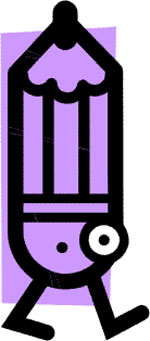
 |
 | ||
 |
It's hard to talk about art without actually looking at some. Even though we've thrown in a couple of brainteasers about painting and the like, for the most part you'll be inspecting some amazing pieces from the Everhart's collection. Let's just see how good an art critic you really are! | |
 |
 |
 |
 |
 |
 |
 |
 |
 |
 |
 |
 |